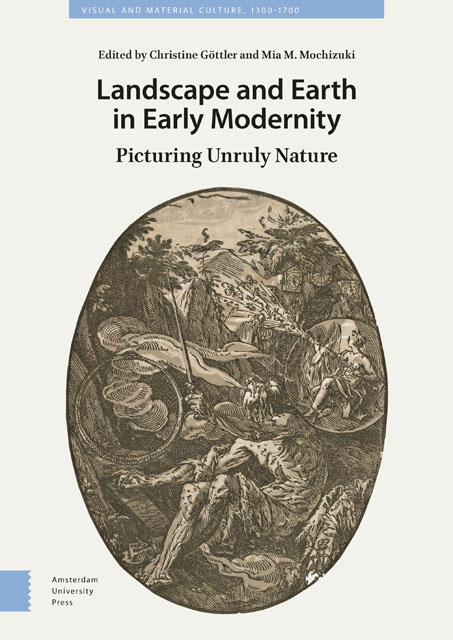8 - An Overlooked Landscape Installation : The Winter Room at Copenhagen’s Rosenborg Castle
Published online by Cambridge University Press: 20 June 2023
Summary
Abstract
The chapter examines the so-called Winter Room at Rosenborg Castle in Copenhagen completed around 1620. This primary living room of Christian IV is preserved in its original state. The walls of this unique interior are decorated with ninety-five oil paintings. The majority of the paintings present landscape and hunting scenes. Rather than focusing on individual art works, the chapter discusses how the interplay of all the paintings achieves a comprehensive spatial order and creates its own independent ecosystem. It will be shown how a multisensory experience of the room and its technical devices, such as a drawbridge and sound channels, further enhanced the connection between internal and external space, allowing the room to be perceived as a landscape installation.
Keywords: Christian IV of Denmark-Norway; Winter Room; Copenhagen; landscape installation; painting collection
On his death bed, Danish-Norwegian King Christian IV (1577–1648) requested that he be taken from Frederiksborg Castle to his capital Copenhagen, some 35 kilometers away. However, the king did not want to end his life in the castle inside the city that was his official residence, but in his beloved pleasure residence of Rosenborg Castle outside the city walls. Hans Rostgaard, servant to Christian IV, wrote in his diary that the very sick king was transported through the wintry landscape to Rosenborg and then died in the “Vinter Gemak,” the “Winter Room,” on February 28, 1648 (Fig. 8.1). Whether he really died in this chamber or, as is assumed today, in his nearby bedroom, is of little concern. What is important, however, is the high esteem in which the king held these rooms in particular and the castle in general, as can be deduced from his desire to die within its walls. The emotional closeness he felt to this building is reflected not least in the unusual decoration, executed some decades earlier according to his particular wishes, that can still be experienced in some of the rooms today. When Christian IV bought a large area of farmland outside the city of Copenhagen in 1606, he ordered the construction of a pleasure residence surrounded by a sizeable garden. The king took an active part in the planning. The palace was built in several stages, with construction more or less completed in 1624.
- Type
- Chapter
- Information
- Landscape and Earth in Early ModernityPicturing Unruly Nature, pp. 293 - 322Publisher: Amsterdam University PressPrint publication year: 2022



